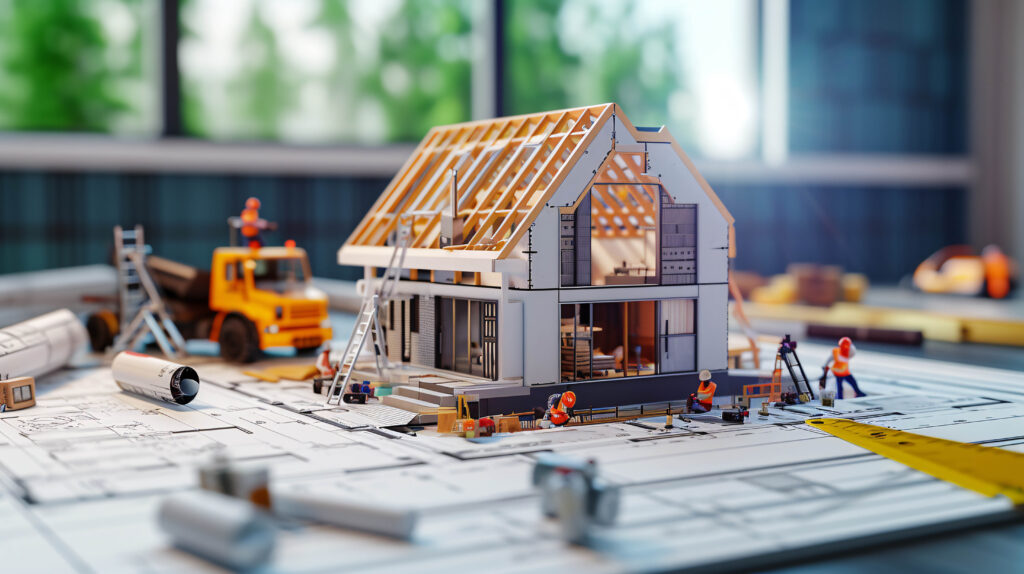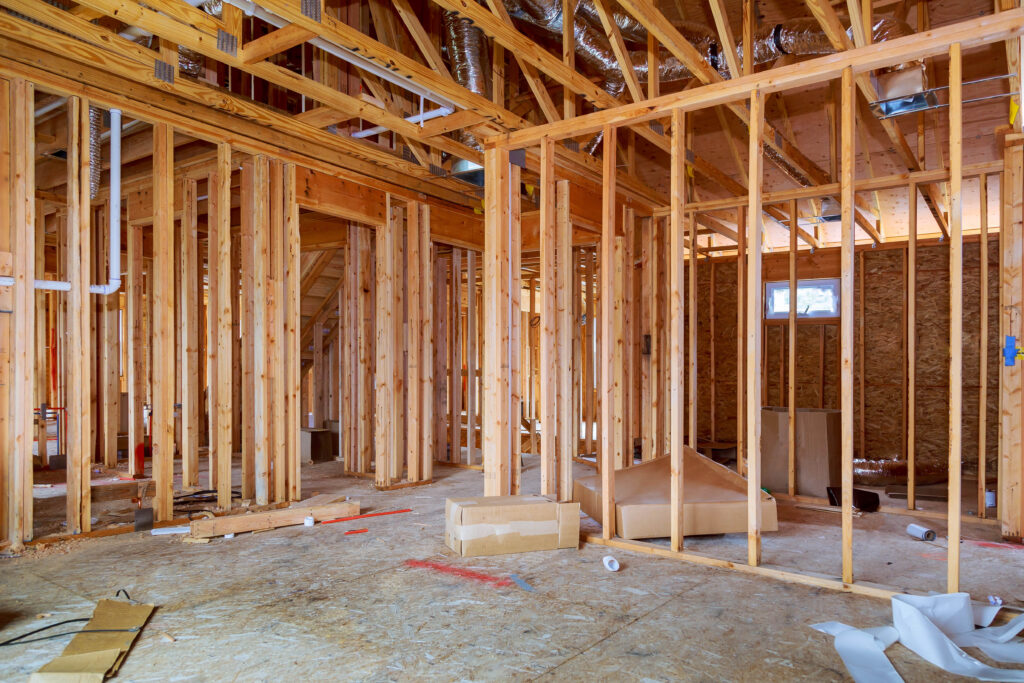Frequently Asked Questions
How do I choose the right furnace for my Kingman home?
Choosing the right furnace for your Kingman home involves considering factors like your home's size, insulation, local climate, and your budget. Consulting with an HVAC professional can help ensure you select an efficient and suitable model.
What is the cost of furnace installation in Kingman, AZ?
The cost of furnace installation in Kingman, AZ, typically ranges from $2,500 to $5,000, depending on factors such as the type of furnace, installation complexity, and additional features required for your home.
What are the types of furnaces available for installation in Kingman?
The types of furnaces available for installation in Kingman include gas furnaces, electric furnaces, and oil furnaces, each offering different efficiencies and heating capabilities to suit various home needs and preferences.
How long does furnace installation take in Kingman?
The duration of furnace installation in Kingman typically ranges from a few hours to a full day, depending on the complexity of the system and the specific requirements of your home.
How long does it take to build a new home in Kingman?
The timeline for building a new home in Kingman typically ranges from six months to a year, depending on factors such as design complexity, weather conditions, and permitting processes.
What are the top new home builders in Kingman, Arizona?
The top new home builders in Kingman, Arizona, include reputable companies like Richmond American Homes, D.R. Horton, and Beazer Homes, known for their quality construction and customer service in the region.
What are the prices of new homes in Kingman, AZ?
The prices of new homes in Kingman, AZ, typically range from $250,000 to $400,000, depending on factors such as location, size, and amenities.
What factors affect furnace selection in Kingman?
The factors that affect furnace selection in Kingman include the size of the home, local climate conditions, energy efficiency ratings, fuel type availability, and budget considerations. Each of these elements plays a crucial role in determining the most suitable furnace for your needs.
How to estimate furnace installation costs accurately?
Estimating furnace installation costs accurately involves considering factors such as the unit price, labor expenses, ductwork modifications, and any additional features required for your specific home. It's advisable to obtain multiple quotes from HVAC professionals for the best estimate.
What permits are needed for furnace installation?
Permits required for furnace installation typically include a building permit and possibly a mechanical permit, depending on local regulations. It's essential to check with your local building authority to ensure compliance.
What are common furnace brands in Kingman?
Common furnace brands in Kingman include Trane, Lennox, Goodman, Rheem, and Carrier. These brands are known for their reliability and efficiency, making them popular choices for homeowners in the area.
How to maintain a furnace in Kingman?
Maintaining a furnace in Kingman involves regular inspections, changing filters every 1-3 months, keeping the area around the furnace clear, and scheduling annual professional maintenance to ensure optimal performance and safety.
What is the average lifespan of a furnace?
The average lifespan of a furnace is typically between 15 to 30 years, depending on factors such as maintenance, usage, and the type of furnace. Regular servicing can help extend its longevity.
Are there energy-efficient furnace options available?
Energy-efficient furnace options are indeed available, offering advanced technology that reduces energy consumption and lowers utility bills while maintaining optimal heating performance for your space.
What are the benefits of a new furnace?
The benefits of a new furnace include improved energy efficiency, enhanced heating performance, reduced utility bills, and increased home comfort. Additionally, modern furnaces often come with advanced features and warranties, ensuring reliable operation and peace of mind.
How to find reliable furnace installers in Kingman?
Finding reliable furnace installers in Kingman involves researching local contractors, checking online reviews, and asking for recommendations from friends or family. Additionally, ensure they are licensed, insured, and offer warranties for their work.
What is the best time for furnace installation?
The best time for furnace installation is during the fall or spring months. This allows for optimal scheduling, avoiding peak winter demand, and ensures your system is ready before the cold weather arrives.
How to prepare for furnace installation day?
Preparing for furnace installation day involves clearing the installation area, ensuring easy access for the technicians, and removing any obstacles or valuables nearby. Additionally, confirm your schedule with the installation team to ensure a smooth process.
What warranties are offered on new furnaces?
The warranties offered on new furnaces typically include a manufacturer's warranty, which covers parts for a specific period, and may also include labor warranties provided by the installation company, ensuring protection against defects and installation issues.
How to troubleshoot common furnace issues?
Troubleshooting common furnace issues involves checking the thermostat settings, ensuring the power supply is on, inspecting the air filter for clogs, and verifying that the vents are clear. If problems persist, consult a professional technician.
What are the latest furnace technologies available?
The latest furnace technologies available include high-efficiency models with variable speed blowers, smart thermostats for remote control, and advanced zoning systems that optimize energy use while enhancing comfort in newly constructed buildings.
How does furnace size impact heating efficiency?
The size of a furnace significantly impacts heating efficiency. An appropriately sized furnace ensures optimal heat distribution, preventing energy waste and maintaining consistent indoor temperatures, while an oversized or undersized unit can lead to inefficiency and higher energy costs.
What financing options are available for furnace installation?
The financing options available for furnace installation include flexible payment plans, low-interest loans, and special financing offers that may be provided by HVAC contractors or manufacturers. These options can help make the installation more affordable.
How to choose between gas and electric furnaces?
Choosing between gas and electric furnaces depends on factors such as energy efficiency, installation costs, and availability of fuel sources. Gas furnaces generally offer lower operating costs, while electric furnaces are easier to install and maintain.
What are the signs of a failing furnace?
The signs of a failing furnace include unusual noises, inconsistent heating, frequent cycling on and off, increased energy bills, and the presence of strange odors or a yellow pilot light.
How to improve furnace efficiency in winter?
Improving furnace efficiency in winter involves regular maintenance, such as replacing filters, ensuring proper insulation, and sealing any drafts. Additionally, using a programmable thermostat can help optimize heating schedules, reducing energy consumption while maintaining comfort.
What are the top-rated new home builders?
The top-rated new home builders are those recognized for their quality craftsmanship, customer satisfaction, and innovative designs. Companies like Lennar, D.R. Horton, and KB Home consistently receive high ratings for their reliable construction and comprehensive services.
How to compare new home prices in Kingman?
Comparing new home prices in Kingman involves researching local real estate listings, analyzing recent sales data, and considering factors such as location, size, and amenities to ensure you find the best value for your investment.
What features to look for in new homes?
The features to look for in new homes include energy-efficient HVAC systems, modern insulation, smart home technology, quality construction materials, and adequate ventilation to ensure comfort and lower utility costs.
How long is the home building process?
The duration of the home building process typically ranges from several months to over a year, depending on factors such as design complexity, permits, and weather conditions.



